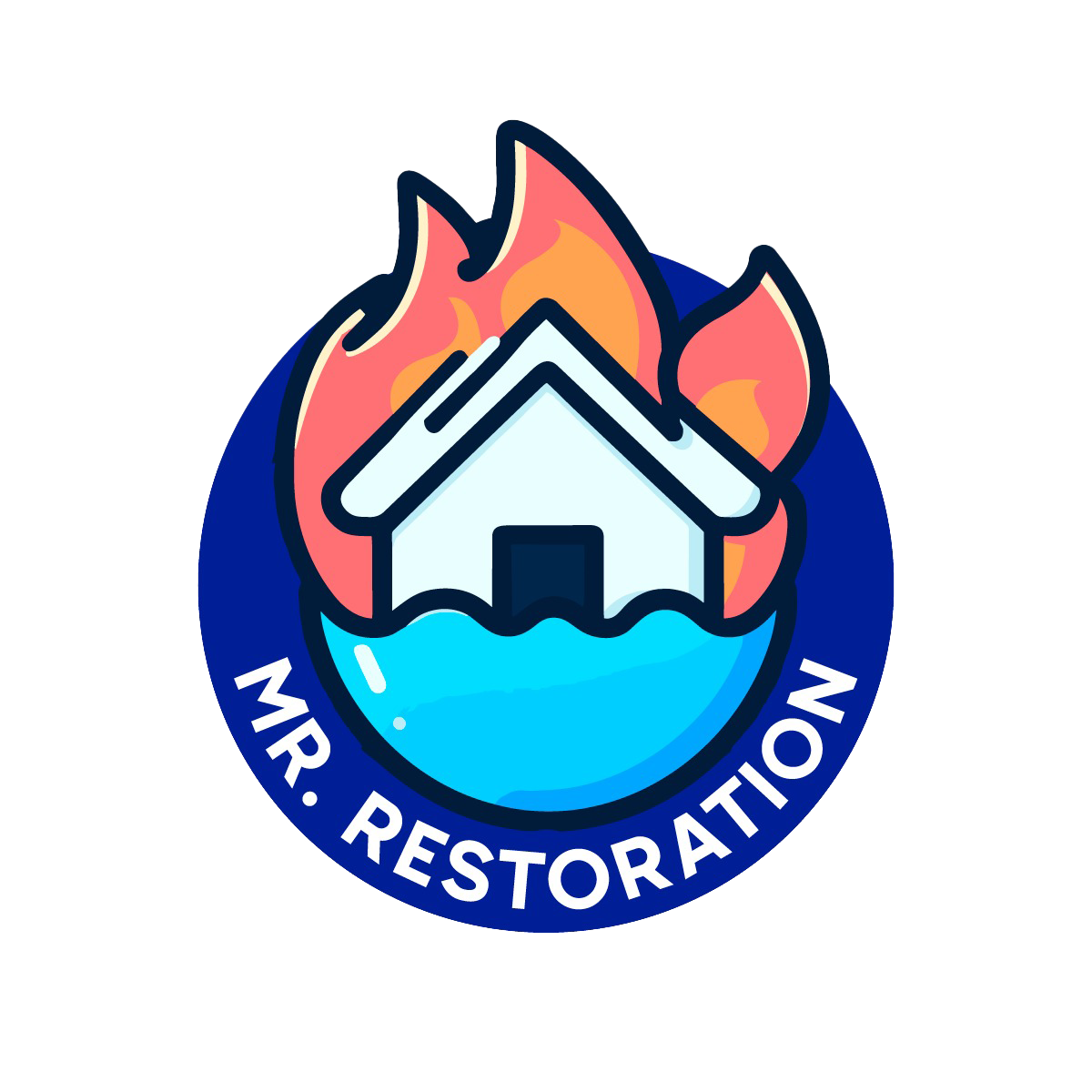Safeguard your home
Earthquakes
Earthquakes pose a significant threat to homeowners, with the potential to cause structural damage, collapse buildings, and lead to injuries or fatalities. Implementing seismic retrofitting measures and securing heavy furniture and fixtures can help mitigate risks and enhance safety during earthquakes.
Property Threats
- Structural Damage: Earthquakes can cause structural damage to homes, including foundation cracks, wall collapse, and roof failure.
- Building Collapse: Severe earthquakes may result in total or partial building collapse, leading to extensive property damage and potential loss of life.
- Nonstructural Damage: Earthquakes can damage nonstructural elements such as windows, doors, and interior finishes, as well as utility systems like plumbing and electrical wiring.
- Landslides and Soil Liquefaction: Earthquakes can trigger landslides and soil liquefaction, particularly in hilly or coastal areas, which can cause additional property damage and pose risks to nearby structures.
- Fire Hazard: Gas leaks, electrical sparks, and ruptured utility lines resulting from earthquakes can lead to fires, further exacerbating property damage and endangering occupants.
- Water Damage: Earthquakes can rupture water pipes and damage water storage tanks, leading to flooding and water damage within homes and buildings.
- Foundation Settlement: Earthquakes can cause soil movement and foundation settlement, resulting in uneven floors, cracked walls, and structural instability.
- Impact on Infrastructure: Earthquakes can disrupt transportation networks, utility services, and communication systems, affecting access to essential resources and emergency response efforts.
Preventative Measures
- Seismic Retrofitting: Strengthen your home’s structural integrity by retrofitting it with earthquake-resistant materials and techniques, such as foundation bolting, bracing walls, and reinforcing vulnerable structural elements.
- Secure Heavy Furniture and Fixtures: Anchor heavy furniture, appliances, and fixtures to walls or floors to prevent them from toppling over during earthquakes.
- Install Automatic Gas Shut-off Valves: Install automatic gas shut-off valves to cut off the gas supply in the event of an earthquake to reduce the risk of gas leaks and fires.
- Bolt Water Heaters and Appliances: Secure water heaters and other appliances to walls or floors using earthquake-resistant straps or brackets to prevent them from tipping over and causing damage or injury.
- Brace Chimneys and Masonry: Strengthen chimneys, brick walls, and other masonry structures by reinforcing them with metal braces or straps to prevent collapse during earthquakes.
- Use Flexible Connections: Install flexible connections for gas, water, and electrical lines to allow them to move with the ground motion during earthquakes without rupturing or breaking.
- Maintain Emergency Supplies: Keep an emergency kit stocked with essential supplies such as water, food, first aid supplies, flashlights, and batteries to sustain you and your family in the aftermath of an earthquake.
- Educate Household Members: Educate household members on earthquake safety procedures, including drop, cover, and hold on during shaking, and establish communication and reunification plans in case of separation.
- Evaluate Insurance Coverage: Review your homeowner’s insurance policy to ensure it provides adequate coverage for earthquake damage, and consider purchasing additional coverage or riders if necessary.


